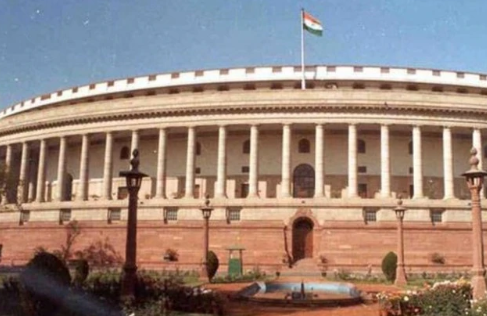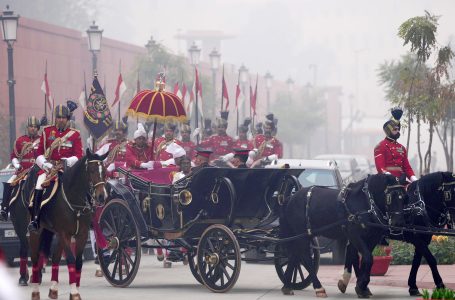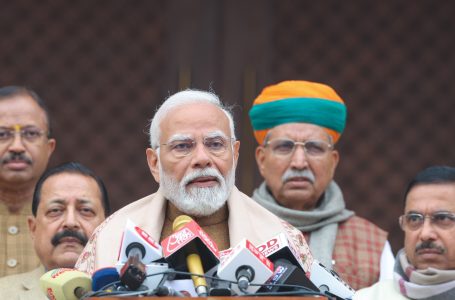Government takes several measures to control black carbon emission

New Delhi, Dec 19, 2022: The study of Himalayan glaciers is a complex and evolving subject studied through investigations, data collection and analysis of various research studies by scientists in India and all over the world.
The glaciers and their characteristics exhibit complex changes in specific locations across different sub-regions of the Himalayas. There are stable, retreating, or even advancing glaciers in the Himalayas, thereby emphasizing the complex geographical and cyclical nature of the glacial dynamics. The Indian Space Research Organization (ISRO) is operating a network of aerosol observatories under ISRO Geosphere Biosphere Programme.
One of the parameters being measured from this network is the black carbon mass concentration. The long-term measurements of black carbon over the Indian region from the aforesaid regional network of aerosol observatories clearly shows a decreasing trend (0.24 µg m-3year-1) in the past decade.
The Government has taken several measures to control black carbon emissions which inter-alia include the following:
- Pradhan Mantri Ujjwala Yojana promoting use of cleaner household cooking fuels.
- Leapfrogging from BS-IV to BS-VI norms for fuel and vehicles from 1st April, 2020.
- Network of metro rails for public transport has been enhanced and more cities are covered.
- Introduction of cleaner / alternate fuels like gaseous fuel (CNG, LPG etc.), ethanol blending.
- A new initiative, “Sustainable Alternative Towards Affordable Transportation (SATAT), has been launched to set up 5000 Compressed Bio-Gas (CBG) production plants and make CBG available in the market for use.
- Under Central Sector Scheme on ‘Promotion of Agricultural Mechanization for in-situ management of Crop Residue in the States of Punjab, Haryana, Uttar Pradesh and NCT of Delhi’, agricultural machines and equipment for in-situ crop residue management are promoted with 50% subsidy to the individual farmers and 80% subsidy for the establishment of Custom Hiring Centres.
- The Central Government is implementing the National Clean Air Programme as a long-term, time-bound, national-level strategy to tackle the air pollution problem across the country in a comprehensive manner with targets to achieve 40% reduction in particulate matter concentrations by 2025-26.
- Central Pollution Control Board (CPCB) has identified 131 cities based on ambient air quality levels exceeding national ambient air quality standards, and cities with million plus population. City specific Clean Air Action Plans have been prepared and rolled out for implementation in these cities. These plans define time bound targets to control city specific air polluting sources (soil &road dust, vehicles, domestic fuel, municipal solid waste burning, construction material and industries, etc.).Annual plans with micro detailing are also prepared for effective implementation of the city plans.
- Faster Adoption and Manufacturing of Electric Vehicles (FAME) phase-2 scheme has been rolled out.
- Shifting of brick kilns to zig-zag technology for reduction of pollution. Industrial units shifting to piped natural gas.
This information was given by the Minister of State for Environment, Forest & Climate Change Ashwini Kumar Choubey in a written reply in Lok Sabha today.





